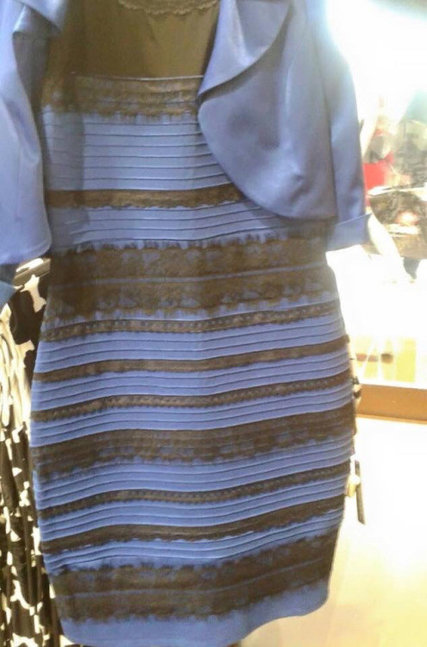(p. 5) Do physicists need empirical evidence to confirm their theories?
. . .
A few months ago in the journal Nature, two leading researchers, George Ellis and Joseph Silk, published a controversial piece called “Scientific Method: Defend the Integrity of Physics.” They criticized a newfound willingness among some scientists to explicitly set aside the need for experimental confirmation of today’s most ambitious cosmic theories — so long as those theories are “sufficiently elegant and explanatory.” Despite working at the cutting edge of knowledge, such scientists are, for Professors Ellis and Silk, “breaking with centuries of philosophical tradition of defining scientific knowledge as empirical.”
Whether or not you agree with them, the professors have identified a mounting concern in fundamental physics: Today, our most ambitious science can seem at odds with the empirical methodology that has historically given the field its credibility.
For the full commentary, see:
ADAM FRANK and MARCELO GLEISER. “Gray Matter; A Crisis at the Edge of Physics.” The New York Times, SundayReview Section (Sun., JUNE 7, 2015): 5.
(Note: ellipsis added.)
(Note: the date of the online version of the commentary is JUNE 5, 2015, and has the title “A Crisis at the Edge of Physics.”)
The controversial Nature article, mentioned above, is:
Ellis, George, and Joe Silk. “Scientific Method: Defend the Integrity of Physics.” Nature 516, no. 7531 (Dec. 18, 2014): 321-23.

